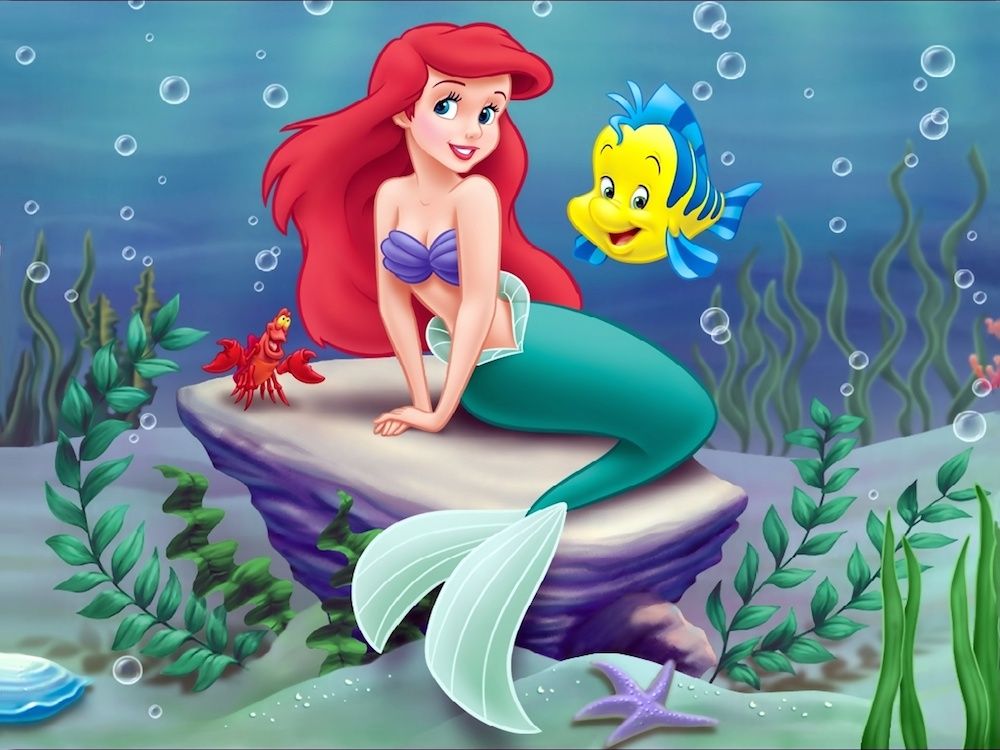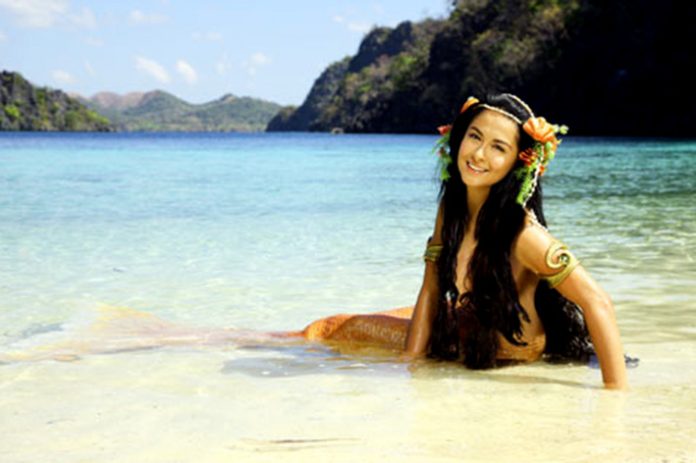We grew up with legends and myths about creatures, divine beings, and gods, including those who reside in waters.
Mysteries and myths of the ocean became interesting topics during the annual “Boses ng Marino Online Karaoke Challenge” as part of the 26th National Seafarers Day (NSD) last month.
One of these mythical creatures of various legends and lore are the mermaids, or merfolk, known to be half human and half fish.
Some legends depict mermaids as vixens who seduce sailors to their death with songs and drag them down to underwater palaces. The siren voices of mermaids are so unearthly, many believe, that they can drive men to madness.
Their gifts brought misfortune, and if offended, the beings can cause floods and other disasters. To see one on a voyage is an omen of a shipwreck.
In the film “Pirates of the Caribbean,” mermaids have been known to gather in Whitecap Bay for hundreds of years, thereby striking terror in the heart of sailors and pirates alike. Through songs, they lure their prey before dragging them to the depths of the bay to devour them.
The mermaids must defend against Blackbeard and his crew as they attempt to capture a live mermaid to harvest the mermaid’s tear demanded by the Fountain of Youth ritual.
Little Mermaid is the main character of the 1837 Danish fairy tale of the same name by Hans Christian Andersen. It is the story of a mermaid named Ariel, who dreams of becoming human and falls in love with a human prince named Eric.
In the song “Poor Unfortunate Souls” popularized by the Disney animation, the sea witch Ursula uses the song to seduce Ariel into trading her voice for the chance to temporarily become human.
In the Philippines, “Dyesebel” is Mars Ravelo’s mermaid character who took on a journey to trace her origins. She was disowned by the sea when she found out that she was the daughter of a merman (also the prince of the sea) and a human. She then began her adventure and explored the human world.
Sightings of mermaids are normally downplayed with arguments that these are are slow-moving, blubbery sea cows called dugongs, or manatees.
Music plays a special role in the life of Filipino seafarers whether at sea or on land.

The sea cannot stop the seafarers in mastering the art of vocal mimicry from contagiously belting out songs like the infamous “My Way.”
It is an understatement to say that karaoke is a central part of pop culture of Filipinos, including seafarers whether on board or in between contracts.
Karaoke is the clipped compound of Japanese “kara” (empty) and “okesutora” (orchestra), that is an interactive entertainment in which an amateur singer sings along with recorded music (or a music video) using a microphone.
Karaoke is indeed a favorite past time of Filipino seafarers as one of the coping mechanisms aboard international and domestic shipping vessels to address stress and boredom.
Away from his family and working on board vessels sailing non-stop for weeks or months, the Filipino seafarer is physically, mentally, and emotionally stressed.
Constantly exposed to fluctuating temperatures caused by various weather changes of extreme hot and cold as the ships cross ocean boundaries, the risks of him getting ill, injured, or killed are high.
Before the COVID 19 lockdowns, Filipino seafarers and maritime students converge along T.M. Kalaw Avenue in Manila to show their singing prowess through a weekly show facilitated by volunteers.
Due to the pandemic, the “Boses ng Marino” was held as an online jamming session this year instead of the NSD traditional contest in Kalaw, under two categories, students and professional seafarers.
NSD organizers had to forego the usual sunset environmental concert dubbed as “Harana by the Bay” of the Philippine Coast Guard symphony band that pays homage to the oceans and seas to keep our Filipino seafarers safe in their voyage.
“Harana” was an exclusively nocturnal practice that gained popularity in the early part of the Spanish period and was widely practiced in many parts of the Philippines.
Former president Fidel V. Ramos issued on July 9, 1996, Proclamation No. 828 declaring August 18 as NSD to give due recognition to the vital role of Filipino seafarers towards the development of the Philippines as a maritime country.
The Stella Maris Philippines was tasked to coordinate with the public and private sector in activities related to the celebration.
Proclamation No.1094 was later issued in 1997 by President Ramos, moving the NSD observance to every last Sunday of September every year.
Lawyer Dennis R. Gorecho heads the seafarers’ division of the Sapalo Velez Bundang Bulilan law offices. For comments, email [email protected], or call 09175025808 or 09088665786









